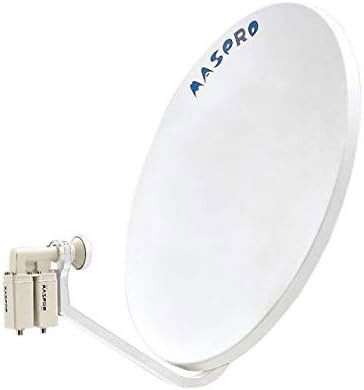I lived in Japan for many years.
Satellite has been a part of daily viewing for most of the nation for many decades. Japan launched and stuck with high-powered DBS service and for many years it carried the world's only HD TV channel, NHK BS-hi, in an analog format called MUSE. It also used to carry NHK BS-1, BS-2 and pay TV Wowow. In the late 1990s there were also two commercial "CS" satellite services, each carrying about six analog scrambled channels.
SkyPort TV and
CS-BAAN.
(Japan divided the services into "BS," meaning broadcasting satellite - essential high-powered DBS, and "CS," communications satellite, being lower powered. I think licensing was different at one time)
The introduction of digital TV in the late 1990s brought PerfecTV, DirecTV Japan, and JSkyB, the latter of which never launched service. But DirecTV closed and the other two merged to make the SkyPerfecTV that exists today.
The BS channels remain extremely popular because satellite receivers (with fixed channels) have been a standard part of all TVs since the late 1990s. And the programming is free.
C-band was never really a thing. In the late 1990s, I met a couple of people doing it (and I think I interviewed one for TeleSatellit magazine) but NTT, the local telecom company, used C-band for point-to-point microwave links so many in cities couldn't receive anything. Also, Japanese have less real estate on which to put large dishes.
There was a shop called Hammers in Yokohama and Asahi Satellite in Tokyo, but both closed down a long time ago as far as I know.
When I last lived there, which was 10 years ago, I sometimes saw C-band dishes hanging off balconies. These were almost certainly for the reception of Chinese television.
I have no idea of the situation with C-band frequencies today. If you are living in the mountains somewhere, you might be OK. If not, those frequencies might be given over to 5G. C-band would bring in a few foreign channels that are difficult to receive otherwise. In the past there was a ku-band satellite that covered Japan and carried AFN TV (scrambled) and a bunch of pay TV channels for the Philippines. I guess a larger dish will also bring in Koreasat DBS.
The cheaper dishes will be through online stores from China. In my experience, Japanese prefer quality over quantity and pay for well-engineered products so commercial dishes from local companies like Maspro will never be cheap.
I went through my old bookmarks and most sites are dead, but this one still works. I'd start here:
ŠCŠO‰q¯ ŠO'‰q¯ ƒeƒŒƒr •ú'— 'ðŽóM'·'é'½'ß'Ì '¨'·'·'߃Zƒbƒg
Where will you be living?



